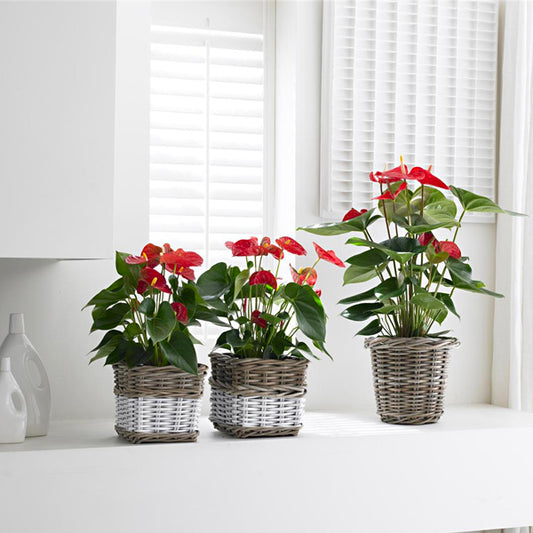Do I need to wash Pine Bark before potting?
No, Pine Bark does not need to be washed before use; it should be used straight from the bag. Unlike some other bark products, New Zealand Pine Bark:
- Has not been contaminated by soil or other organic matter
- Does not contain high salt
- Does not contain high amounts of bark dust as processing removes this
If you DO wash Pine Bark you will wash out the dolomite, which we have added during production as it is beneficial for plant growth. Washing Pine Bark will unnecessarily increase labour costs, while destroying one of the key benefits of the product.
Why does the bag weight of Pine Bark change?
At different times of the year due to weather conditions the moisture content of Pine Bark can change. Therefore the weight will change. Pine Bark is packed by the litre so you will always receive the same amount of Pine Bark.
Some Pine Bark smell unusual, is the material toxic?
Occasionally due to some certain types of fungi growing or storage conditions, Pine Bark may smell strange. Often Pine Bark has a strong pine smell which is the natural smell of the bark and can be mistaken for a bad smell; other times it may be a musty smell. Sometimes fungi grow in wetter conditions and this can cause a bad odour. If the material smells unusual try and store the material in an aerated place and let us know about its condition.
What are the fungi that we see sometimes when open a bag?
In certain conditions, fungi may grow on Pine Bark. If the product is left in warm moist conditions, it can encourage fungi growth.
Often you will see a fine whitish grey layer of fungi on Pine Bark when you open the bag. These are most likely Penicillium or Paecilomyces. These are not detrimental to your plants; they are often beneficial as they help to prevent the colonisation of pathogenic fungi. In most cases, when the material is moved or shifted around the fungi is disturbed and will disappear.
Washing Pine Bark to remove fungi is unnecessary and, as a micro-organism, the fungi will likely still be present after washing.
What is Dolomite?
Dolomite is a natural mineral that contains calcium and magnesium. Research shows dolomite addition to substrates is very beneficial. We add dolomite to Pine Bark to:
-
- Stabilise the substrate by increasing the pH to within a range of 5.5 to 6.5
- Prevent salt accumulation
- Provide the minerals calcium and magnesium, essential for plant growth
The dolomite in Pine Bark provides the plant with an initial start up supply of these two minerals. Growers must remember though that after a good length of time (around 9 months), dolomite will have broken down and growers must reapply dolomite or other liming compounds to maintain optimum plant growth.
There is a white powder on my Pine Bark.
This is dolomite (calcium magnesium) which we apply to Pine Bark in the final stages of production. This is beneficial for your plant (see What is dolomite?); if you see this do not wash it out.
What is the best PH and EC Level?
The best pH and EC will depend on the type of orchid you are growing as well as the fertiliser regime you use. We provide Pine Bark at a start pH of 5.5 – 6.5 through the addition of dolomite. From research, most orchids grow well within this range. The initial EC of Pine Bark is < 0.3 mS/cm, however, with fertiliser addition this will slowly increase. Over time the pH will eventually drop and the EC will increase. It is important to check the pH and EC to make sure a balance is maintained and plant management in the pot is correct.
How does Pine Bark hold moisture?
Through the production process, the waxy, water repellent layer of Pinus radiata is removed, allowing the Pine Bark particles to hold onto water. When Pine Bark dries it will also rewet well.
Is Pine Bark composted?
No; Pine Bak is processed through a uniquely managed maturing method, not composted. Maturing removes the outer waxy layer from the material but keeps the inner core hard.Composting causes the whole particle to break down leading to a less structurally sound particle. You can think of our process like wine making. We take the grape and make wine, not vinegar.

